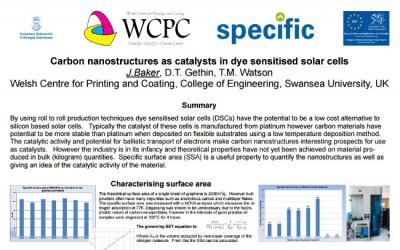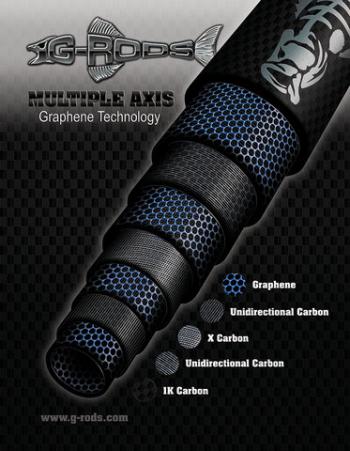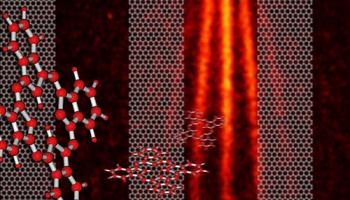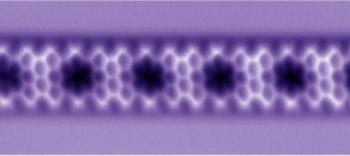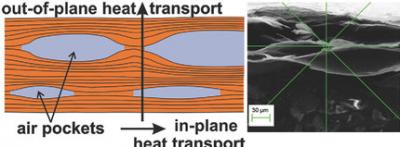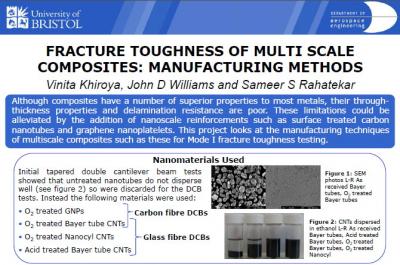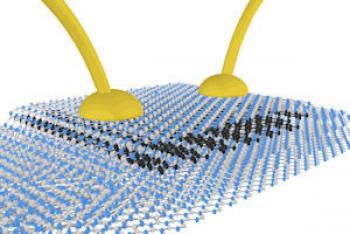Graphene nanoplatelets show potential as catalysts for dye sensitized solar cells
Swansea University researchers, along with Haydale, examined the feasibility of using carbon materials as catalysts for dye sensitized solar cells (DSCs), a potentially low-cost alternative to silicon-based solar cells.
Haydale HDPlas low pressure cold plasma technology was used to introduce functional groups onto graphene. This is a process known to improve the material’s performance as a counter electrode in DSCs as it improves the dispersion of carbon nanomaterials without the need for surfactants and decreases the density of the powder without increasing the SSA (Specific Surface Area a useful way to quantify nanostructure and estimate catalytic activity).
